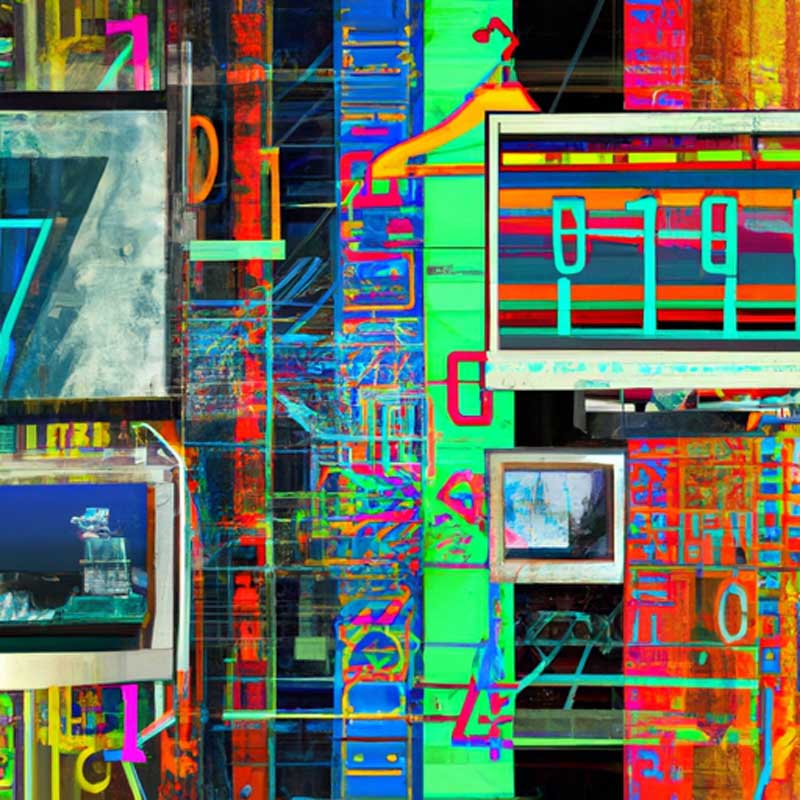TLDR:
- Deep learning is a cutting-edge approach to AI inspired by the human brain’s neural networks.
- It can automatically discover patterns in data, making decisions, and enhancing creativity in art and music.
Scientists and engineers are using deep learning to teach machines to think like humans, creating artificial neural networks with multiple layers to analyze vast amounts of data and learn high-level features. This approach requires advanced computer processors, large datasets, and patience to train deep learning systems to recognize objects, translate languages, and make decisions.
Deep learning, a subset of machine learning, mimics the brain’s data processing and decision-making abilities. It utilizes artificial neural networks to identify complex patterns in data without explicit instructions. Recent advancements in natural language processing, art, music, and decision-making have been achieved through deep learning technologies like OpenAI’s GPT-3 and DeepMind’s Chinchilla.
Despite the advantages of deep learning, there are limitations such as the need for large data sets and computing power, bias amplification, misinformation, and lack of common sense understanding leading to mistakes. Researchers are working on addressing these challenges to make deep learning more efficient, interpretable, and sustainable. As the technology evolves, it is expected to empower us in new ways that have yet to be fully realized.
